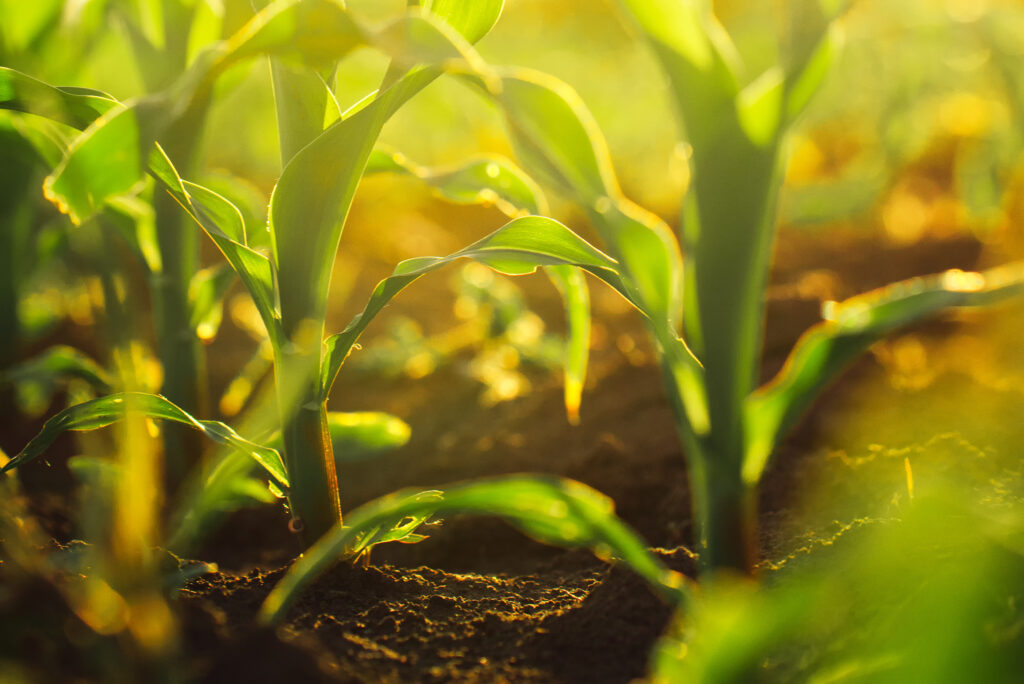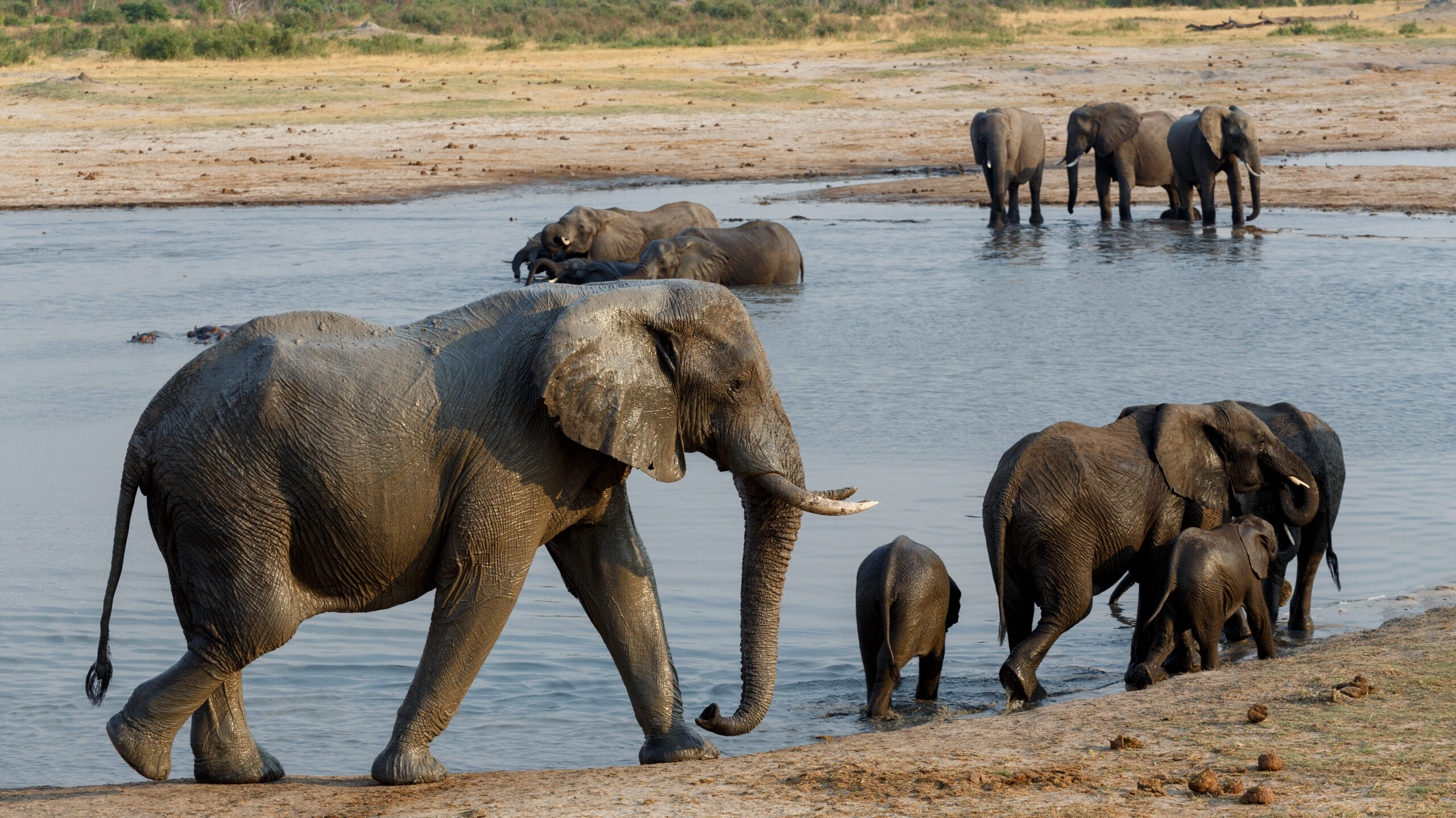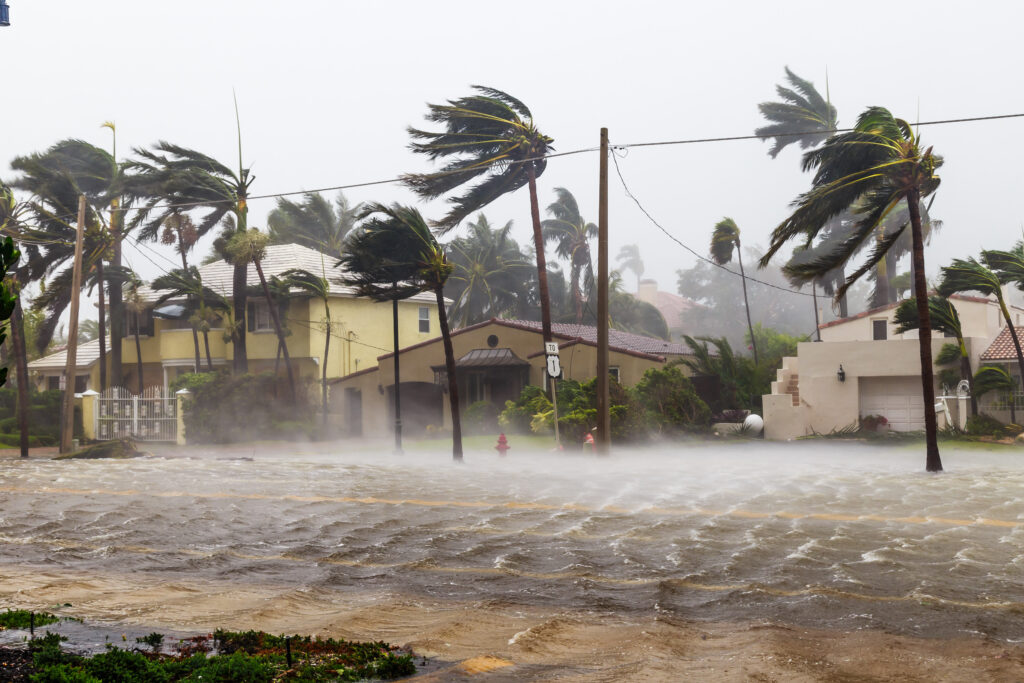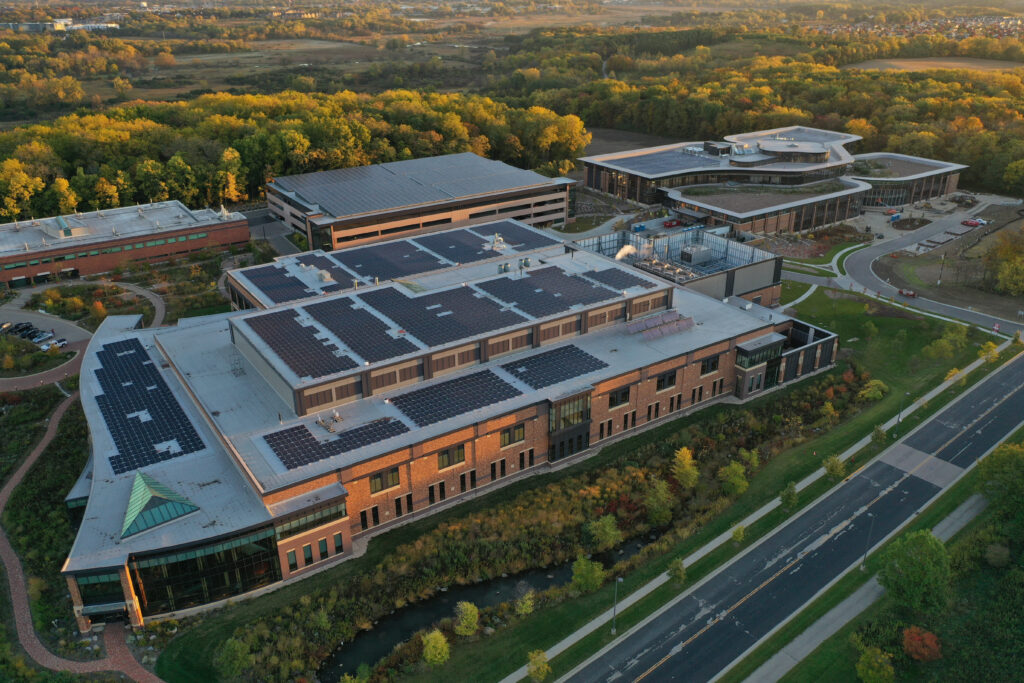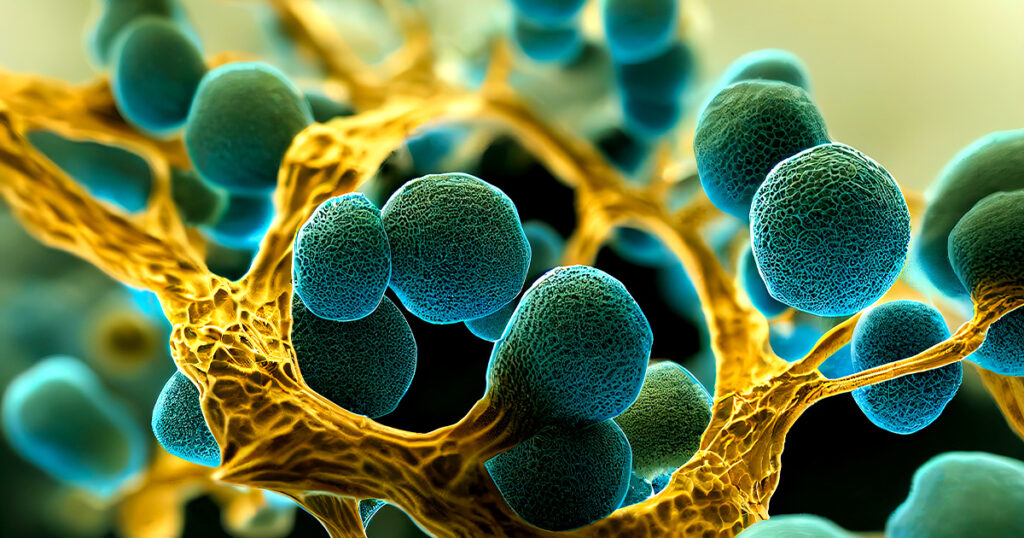What is ACT and why does it matter?

The ACT label stands for Accountability, Consistency and Transparency. The ACT label provides information on the environmental impact of life science products to help researchers make informed choices about the products they use in their labs. ACT was developed by the non-profit organization My Green Lab, in collaboration with the International Institute for Sustainable Laboratories (I2SL).
The ACT label is one of the most comprehensive product labels for the life sciences. It measures the environmental impact of a product across four categories: manufacturing, user impact, end of life, and innovation. The criterion was developed with input from industry leaders, scientists, manufacturers, and sustainability directors. Most categories are scored on a scale from 1 to 10; 10 being the highest score. Other values are assigned a yes/no value or in some instances, a specific value per day (ex. kWh/day). The Environmental Impact Factor (EIF) is the summation of these categories. The varying energy usage and distinct reports across global markets has resulted in separate awards for different world regions. By choosing products with the ACT label, researchers can align their purchasing behaviors with any goals of reducing their environmental footprint and support sustainable practices in the life science industry.
Continue reading “How Promega Supports Sustainable Science”
